by George Mar 29,2025
The best FreeSync gaming monitors are essential for syncing your monitor's refresh rate with your compatible graphics card, resulting in reduced input latency, screen tearing, and stuttering. AMD's top-tier graphics cards, such as the Radeon RX 7800 XT, deliver high frame rates, even at 1440p. Excitingly, the next generation of AMD GPUs, the RX 5070 and RX 5070 XT, were announced at CES and are set to release in March, though exact dates and prices are still to be announced.
To match the performance of these powerful graphics cards, you need a monitor with the right technology. Our top recommendation is the Gigabyte Aorus FO32U, a high-performance gaming monitor that offers excellent value. However, if you're looking for other options, we've compiled a list of the best FreeSync gaming monitors to suit various needs and budgets.
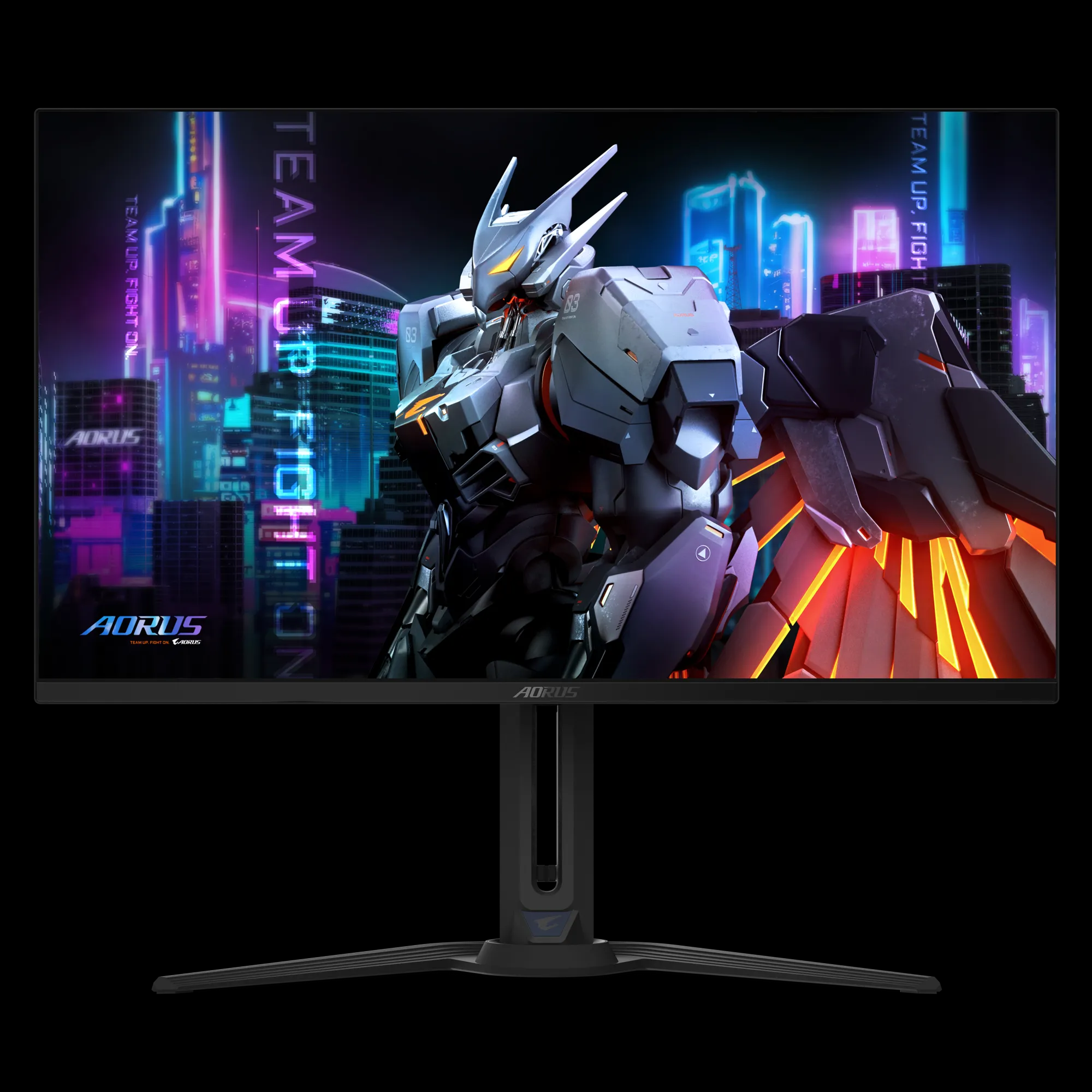
0See it at Amazon!

0See it at Amazon! See it at Lenovo!

0See it at Amazon!
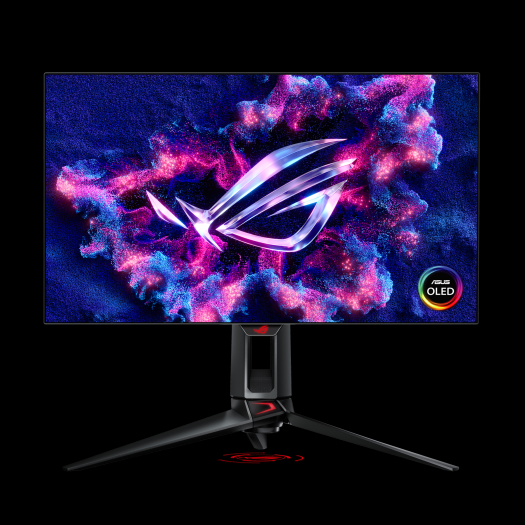
0See it at Amazon! See it at Newegg!
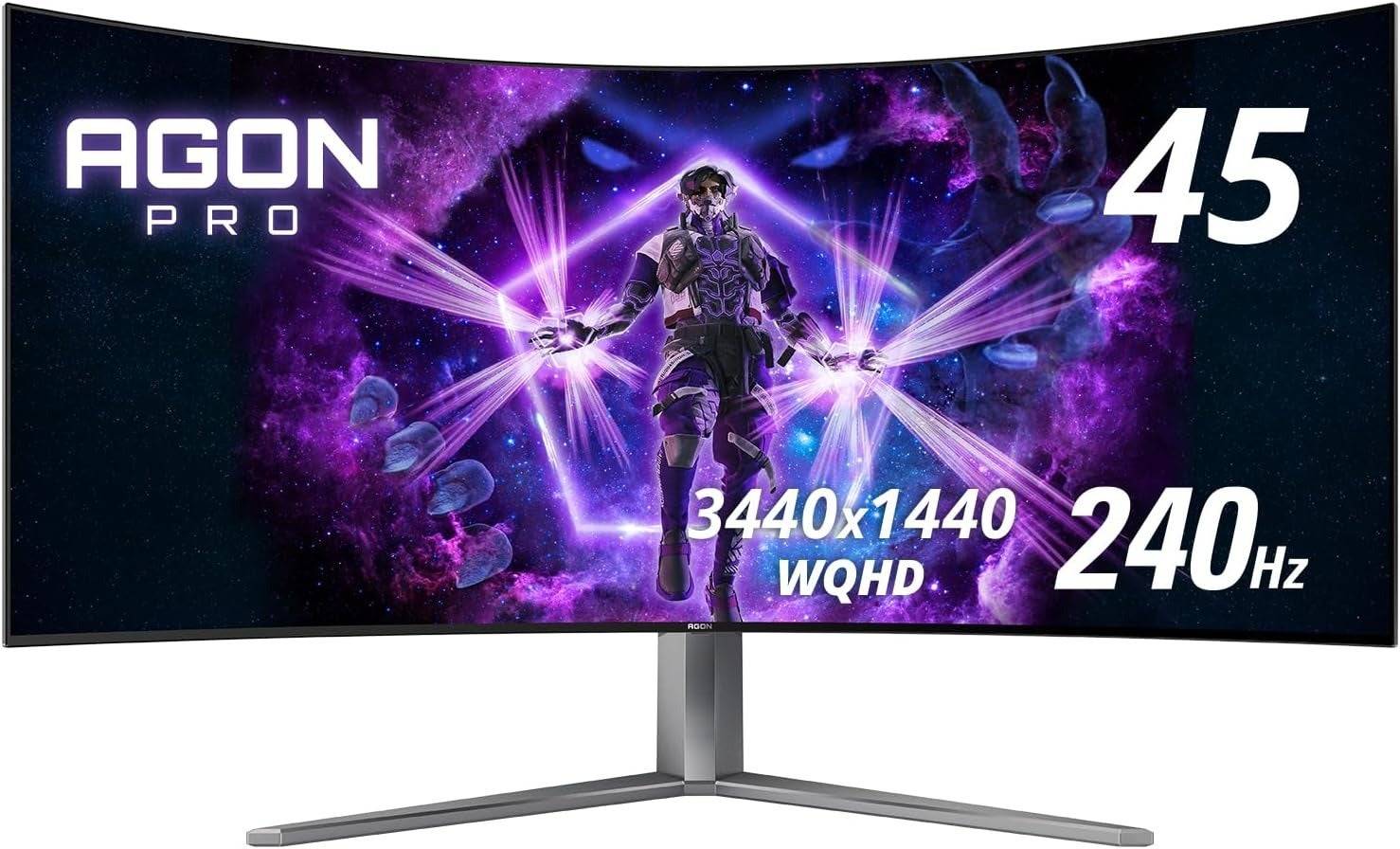
0See it at Amazon!
All the best gaming monitors should support FreeSync, and this list ensures you'll find the perfect match. When building your gaming PC, choosing the right monitor is crucial for optimizing your setup. Additionally, some of these monitors are compatible with Xbox Series X and PlayStation 5, making them versatile options for console gamers as well.
*Additional contributions by Kevin Lee, Georgie Peru, and Danielle Abraham.*

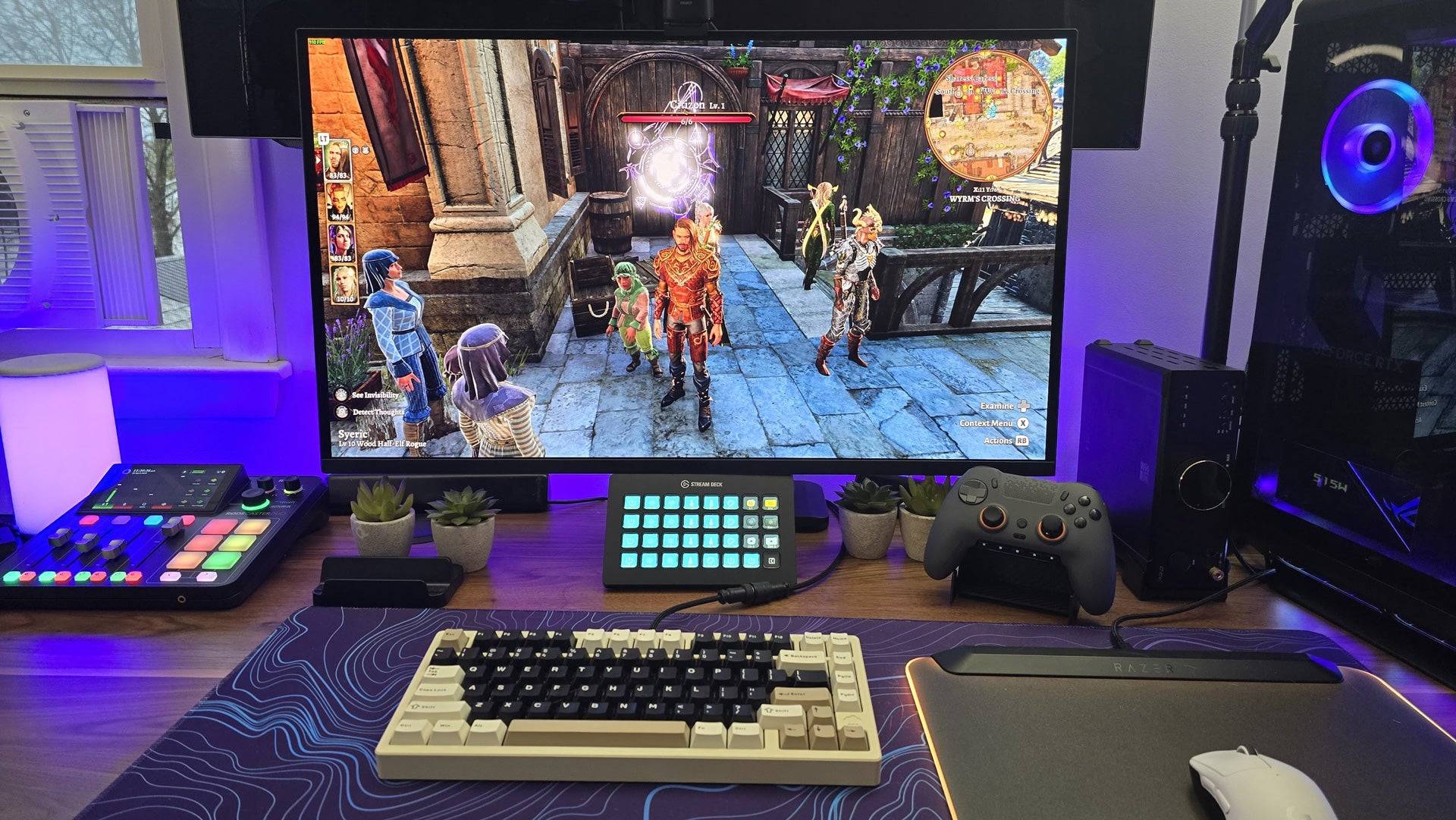 13 Images
13 Images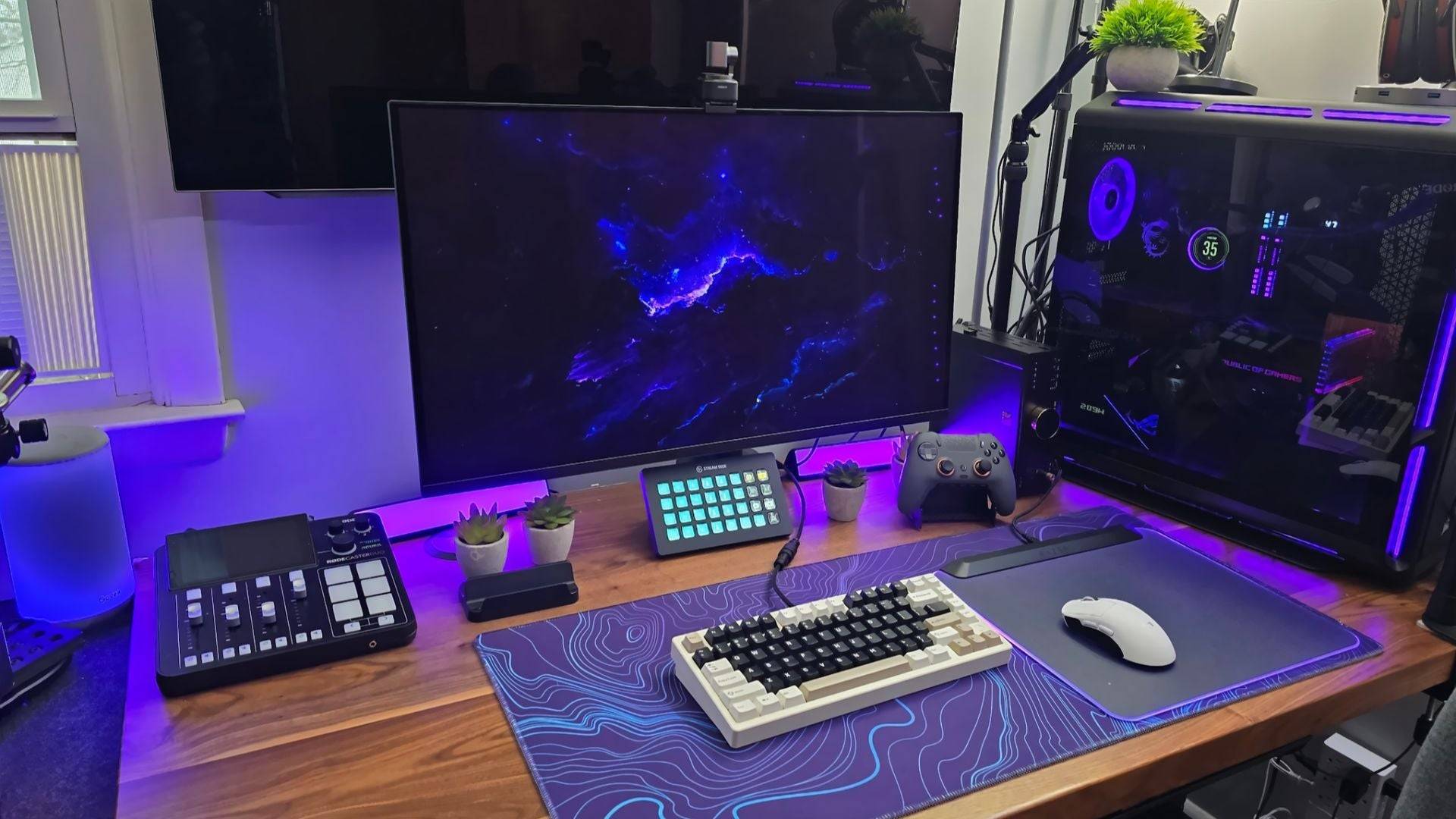
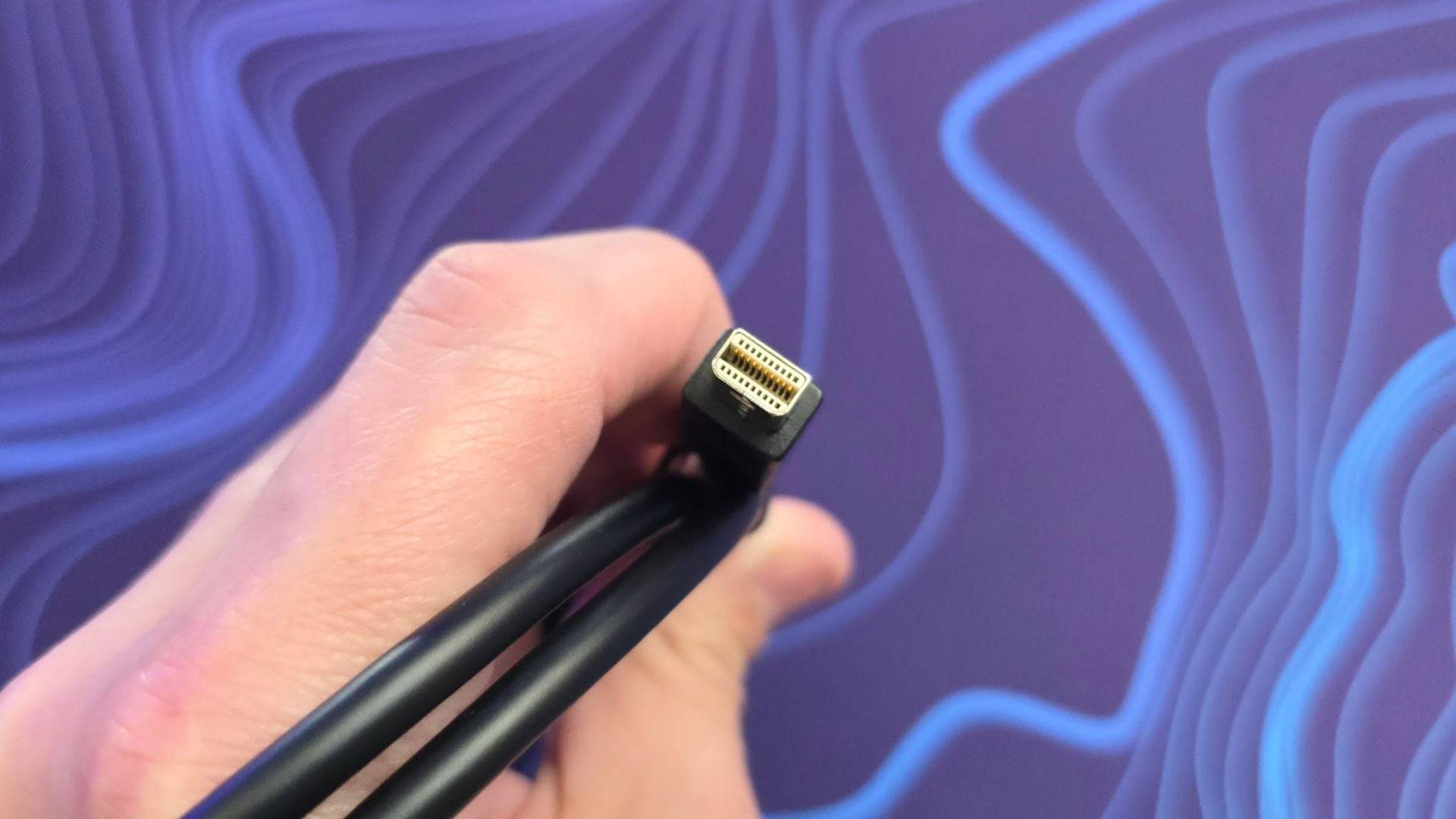
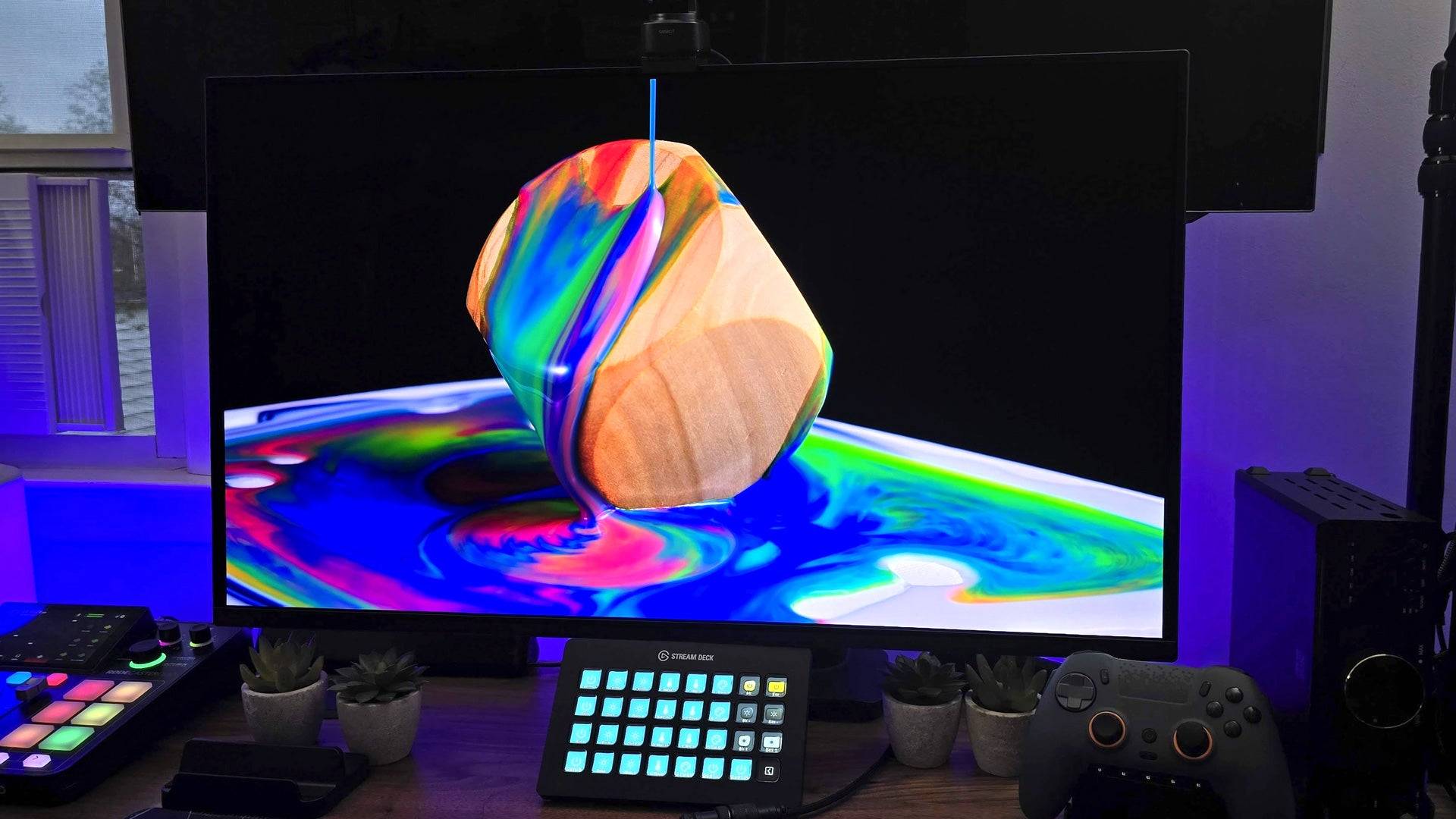
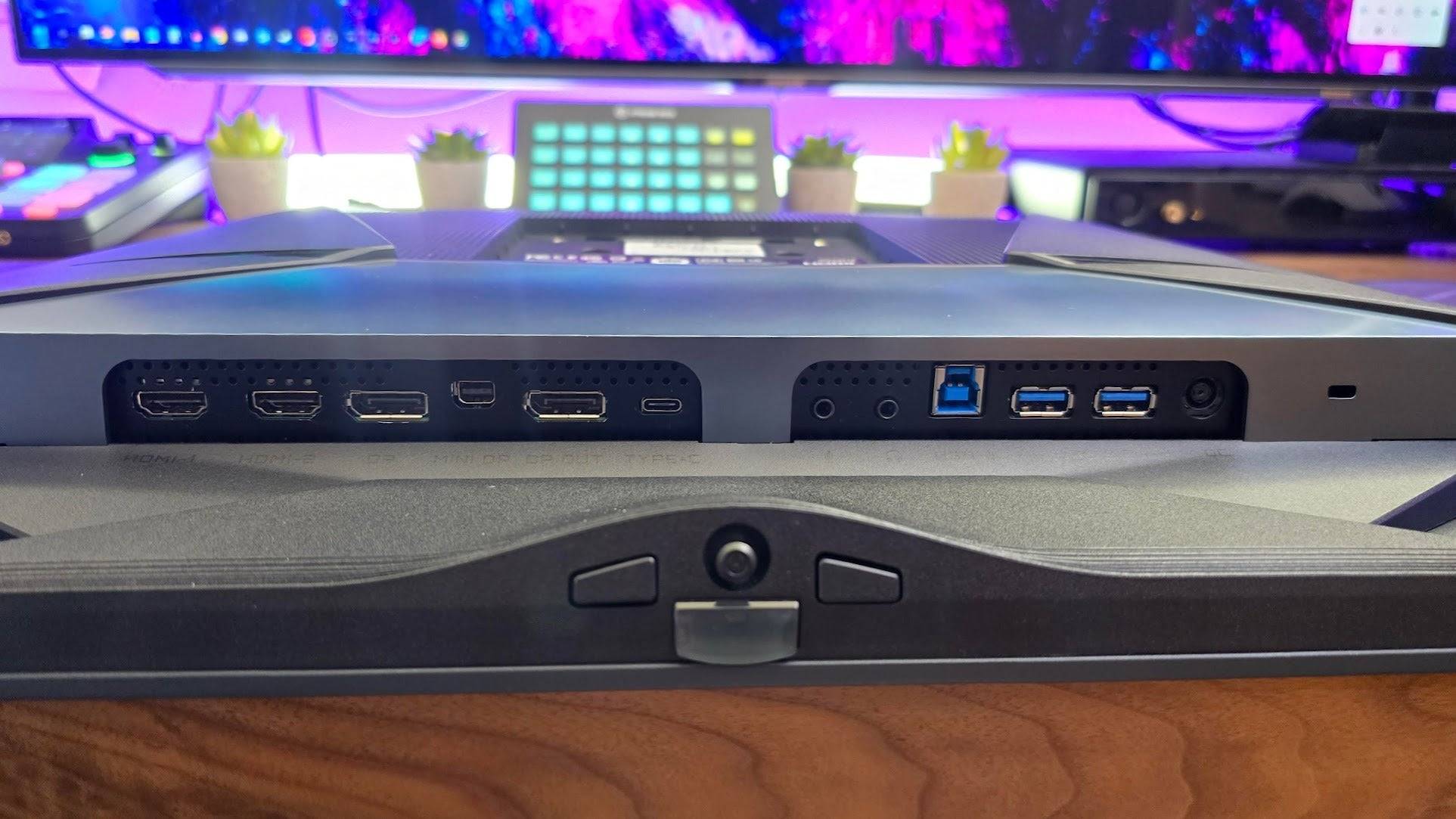
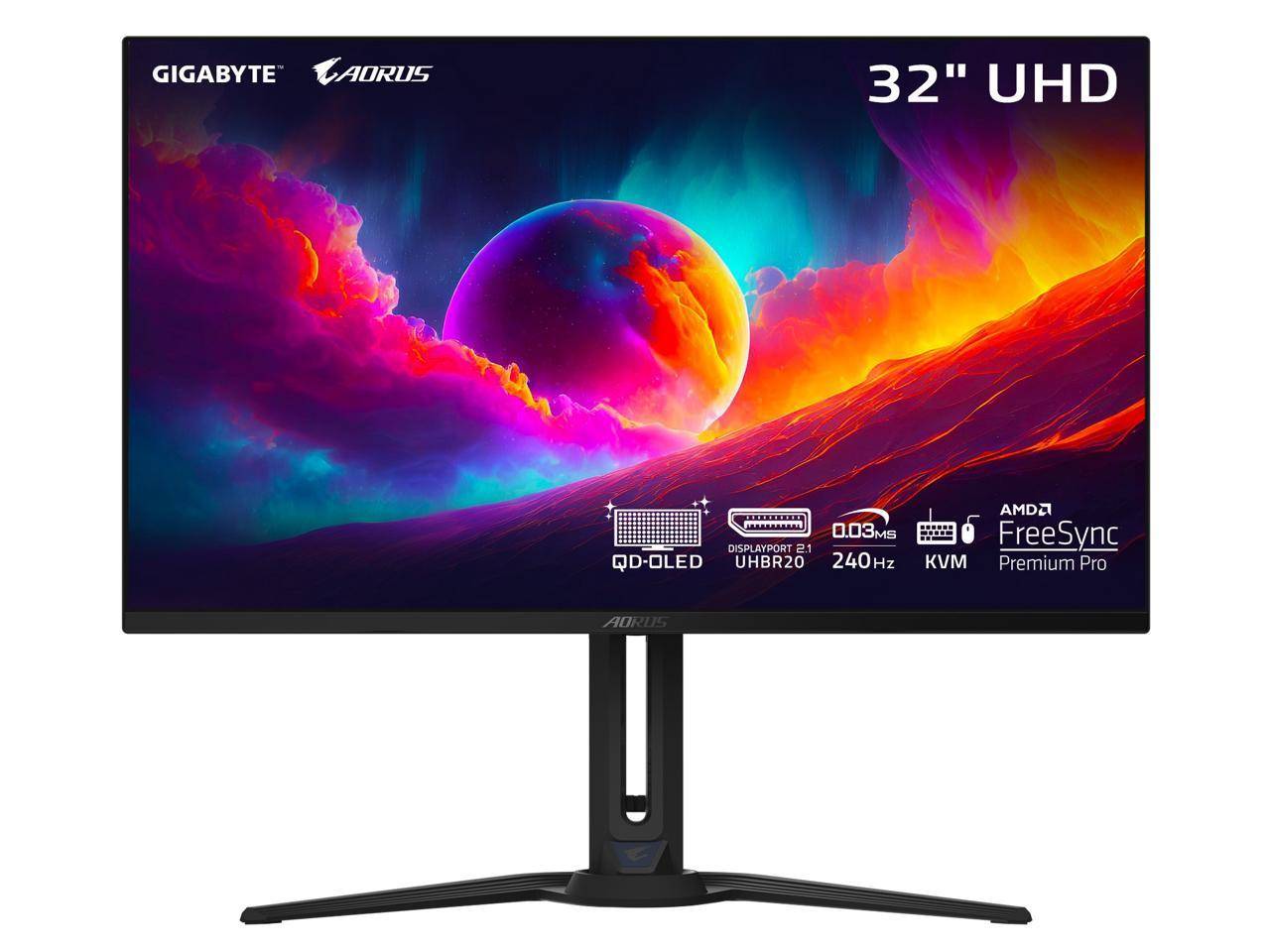
15This stunning monitor delivers on all fronts thanks to its wealth of features and OLED panel. See it at Amazon!
The best AMD FreeSync monitor of 2025 so far is the Gigabyte FO32U2, which I reviewed when it was released last year. This monitor comes in two versions: the standard one, which I'm recommending here, and the Pro, which features DisplayPort 2.1 support for future-proofing. It offers an incredible gaming experience with its beautiful QD-OLED display. Recent price cuts have made it one of the best value OLED gaming monitors available. Don't miss out on this gem.
As someone who reviews cutting-edge gaming monitors, I chose this one for my personal setup. Its picture is bright and vivid, and Gigabyte's balance of overall brightness, even in SDR, sets it apart from the competition. A year ago, this monitor faced stiffer competition, but now, with the non-Pro version priced well under $1,000, it's an even better choice that I'm happy to recommend to my closest friends.
While it isn't the brightest QD-OLED gaming monitor on the market, it still reaches 1,000 nits in highlights. In real-world gaming scenarios, you're unlikely to notice a significant difference between 1,000 nits and 1,300 nits, which a more expensive monitor on this list can achieve. Its motion clarity is fantastic thanks to its rapid OLED panel and 240Hz refresh rate, making it ideal for competitive gaming.
The Gigabyte FO32U2 strikes an impeccable balance between price and performance, making it an excellent choice for your gaming setup.

0This large-and-in-charge monitor offers a rapid refresh rate and FreeSync Premium on the cheap. See it at Lenovo! See it at Amazon!
Priced just under $200, the Lenovo Legion R27fc-30 is an excellent choice for both AMD and Intel users. It features a 1080p resolution for crisp visuals on its 27-inch panel and an impressively fast 280Hz maximum refresh rate, perfect for competitive gaming without breaking the bank.
This monitor also supports HDMI 2.1 for easy console connectivity and has a curved panel with a 1500R curvature for immersive gameplay without text distortion. It uses a VA panel for improved image quality, offering better contrast and deeper blacks than an IPS display, making it a great value that impressed me during testing.


04K, FreeSync Premium Pro monitor offering a 144Hz refresh rate and HDR support for smooth action and vibrant visuals. See it at Amazon!
When it comes to 4K gaming monitors, the LG UltraGear 27GN950-B, which I've tested and reviewed, is my top pick, and it comes with FreeSync support. It features FreeSync Premium Pro, ensuring smooth gameplay without tearing, stutters, or latency, especially in HDR. The IPS panel covers 98% of the DCI-P3 color space and achieves high brightness levels, making the most of HDR10 content or games.
The 4K resolution on the 27-inch panel provides sharp visuals, and the 144Hz refresh rate ensures you don't have to sacrifice speed for resolution. FreeSync steps in to maintain smooth gameplay even if you can't always hit the full 144Hz at 4K.
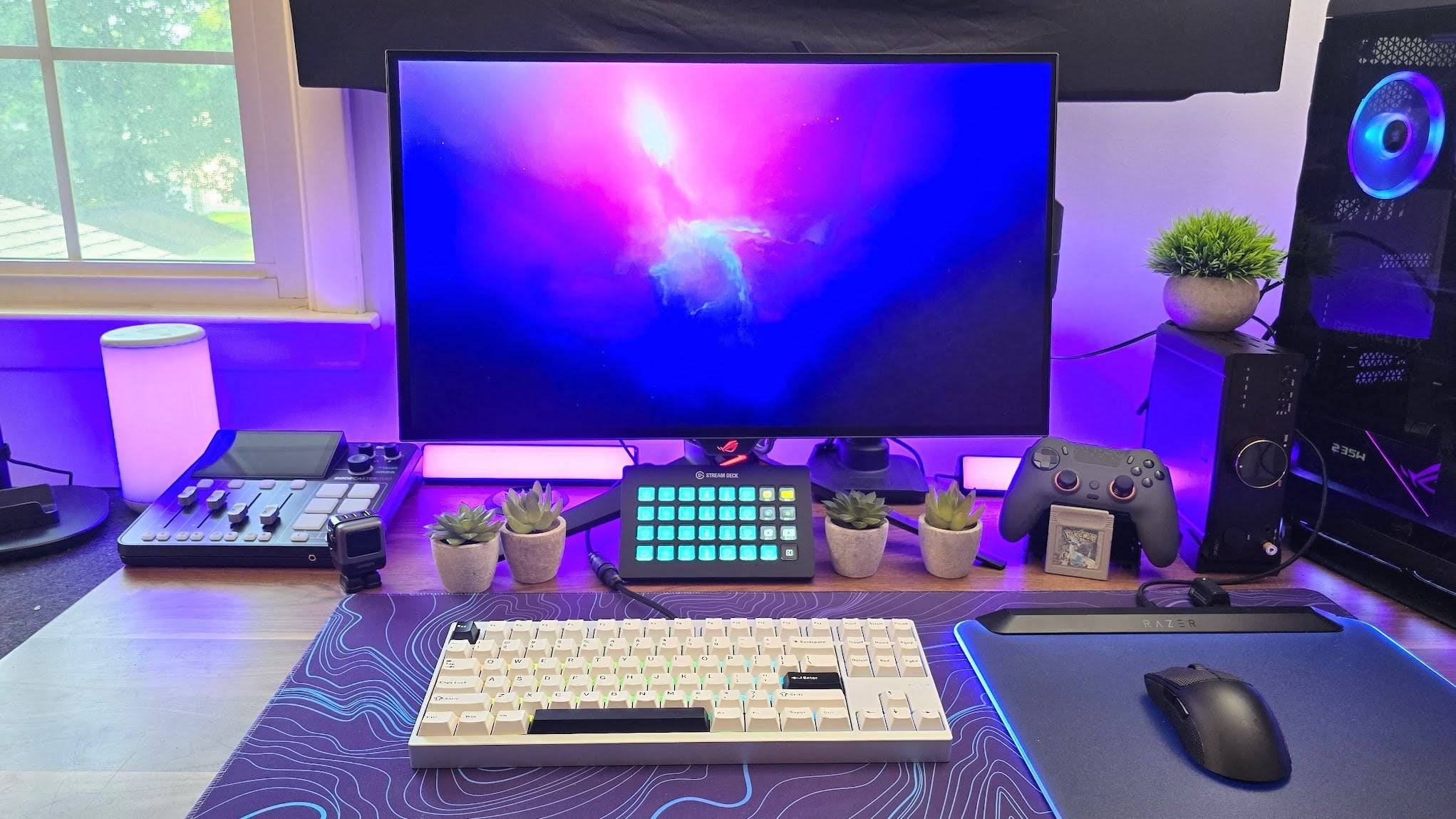
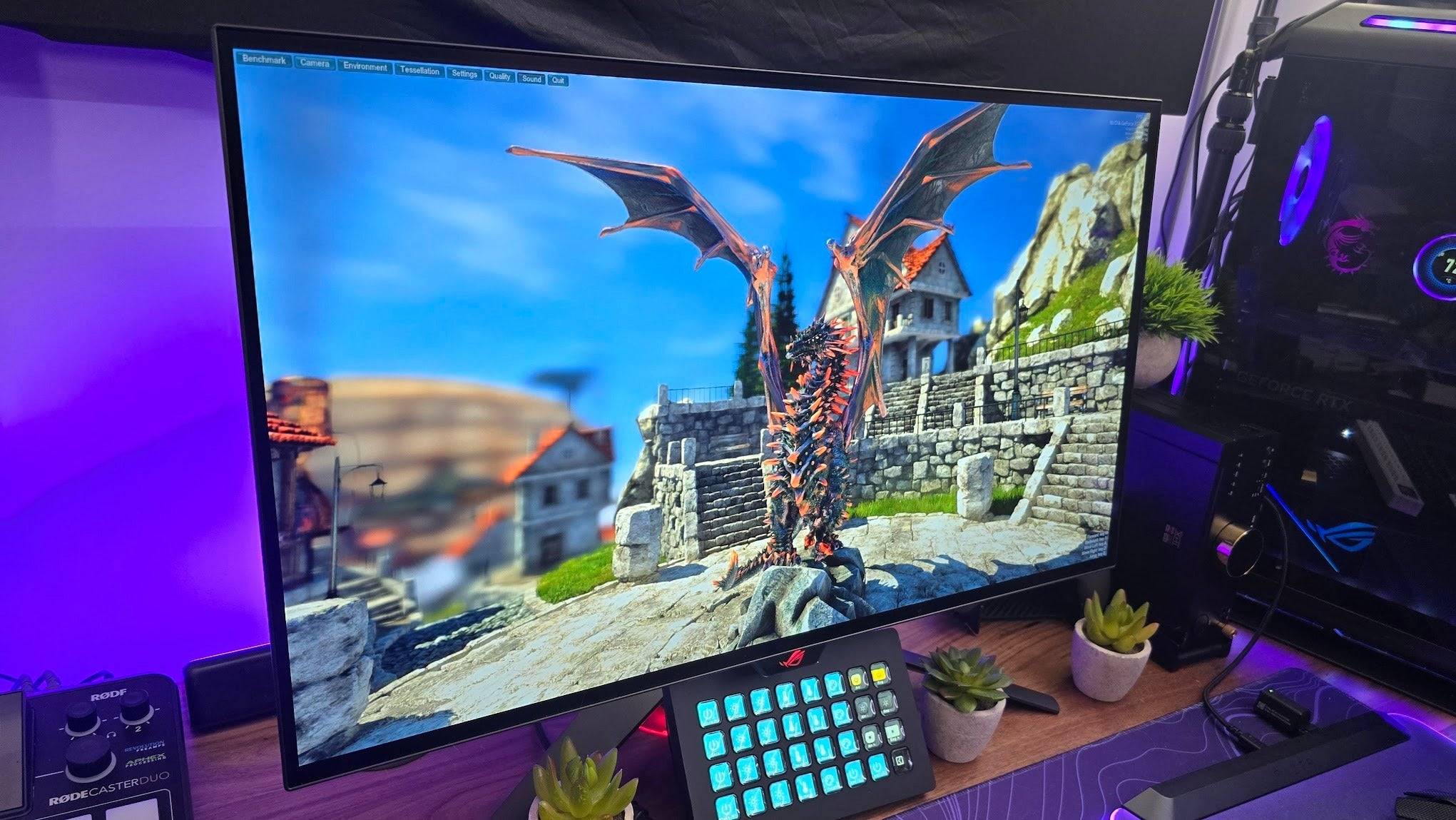 19 Images
19 Images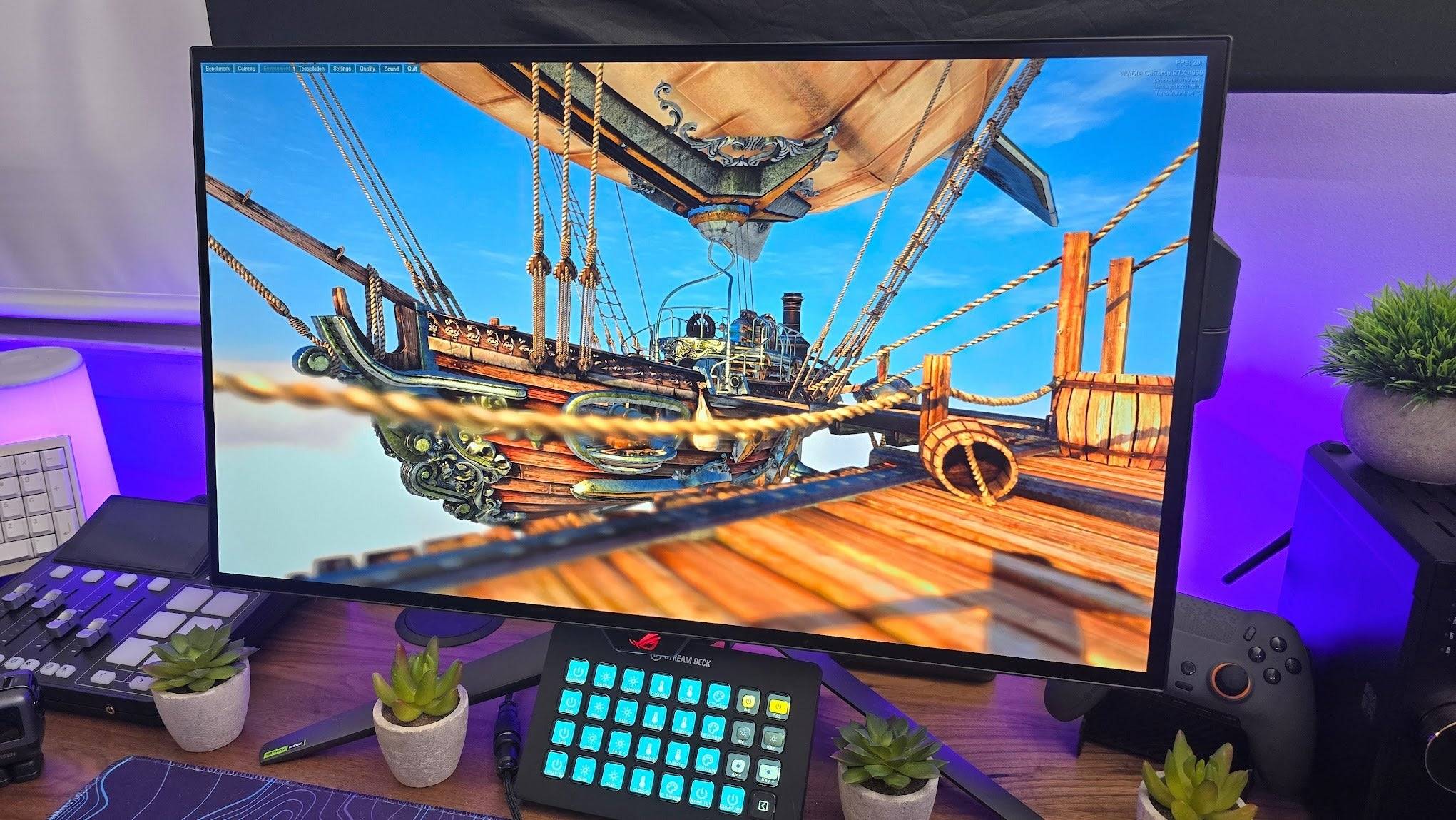
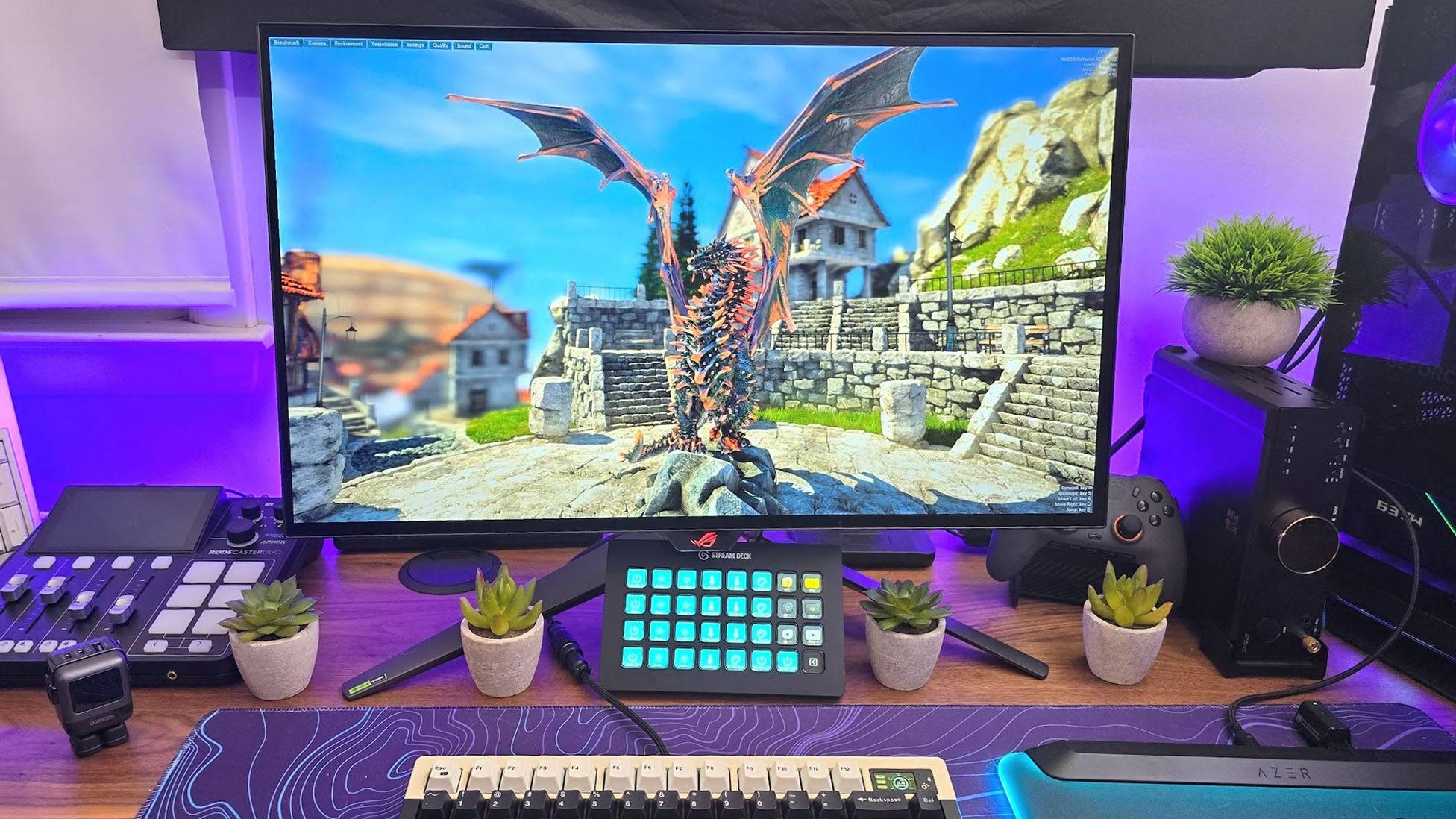
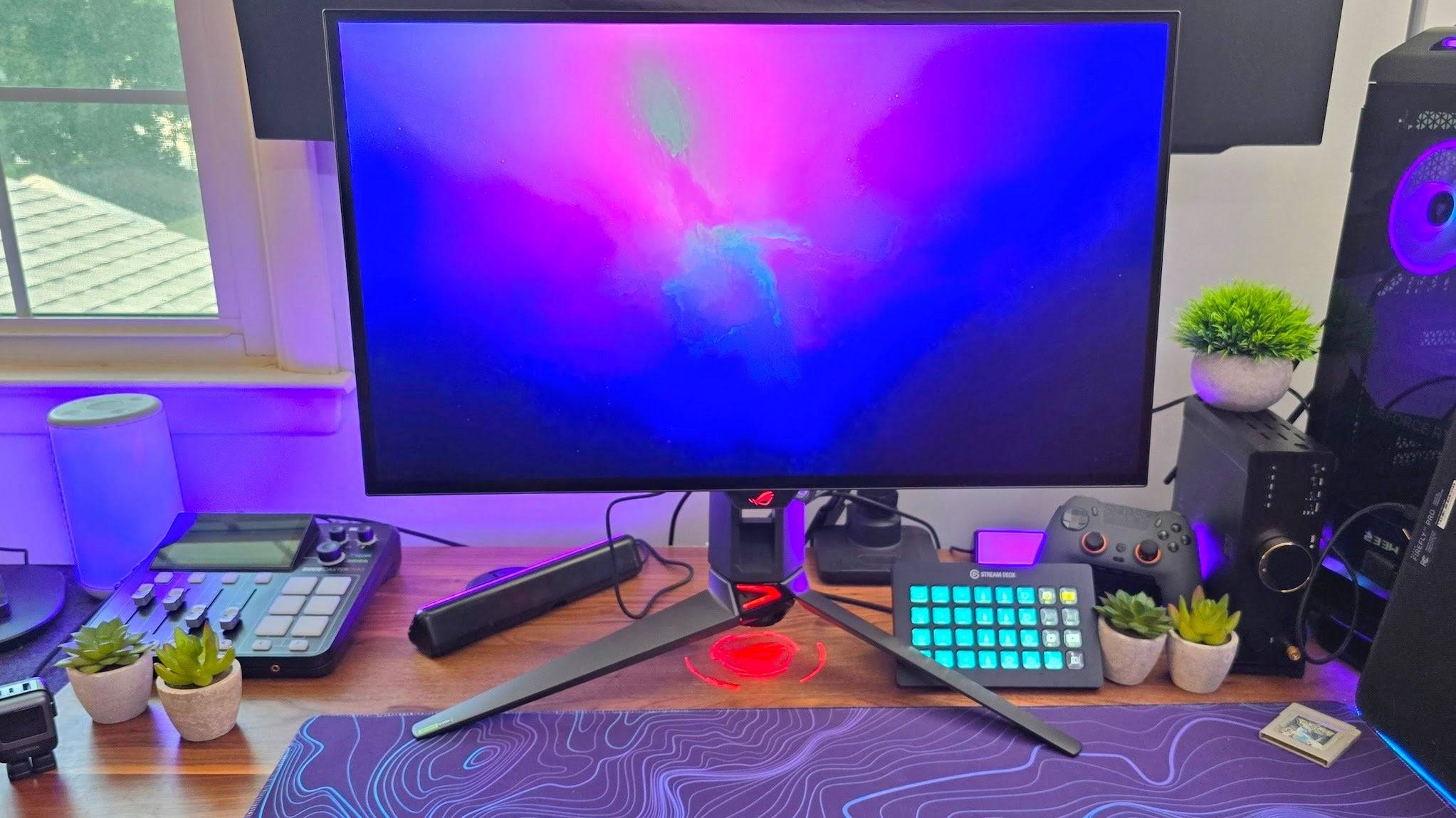
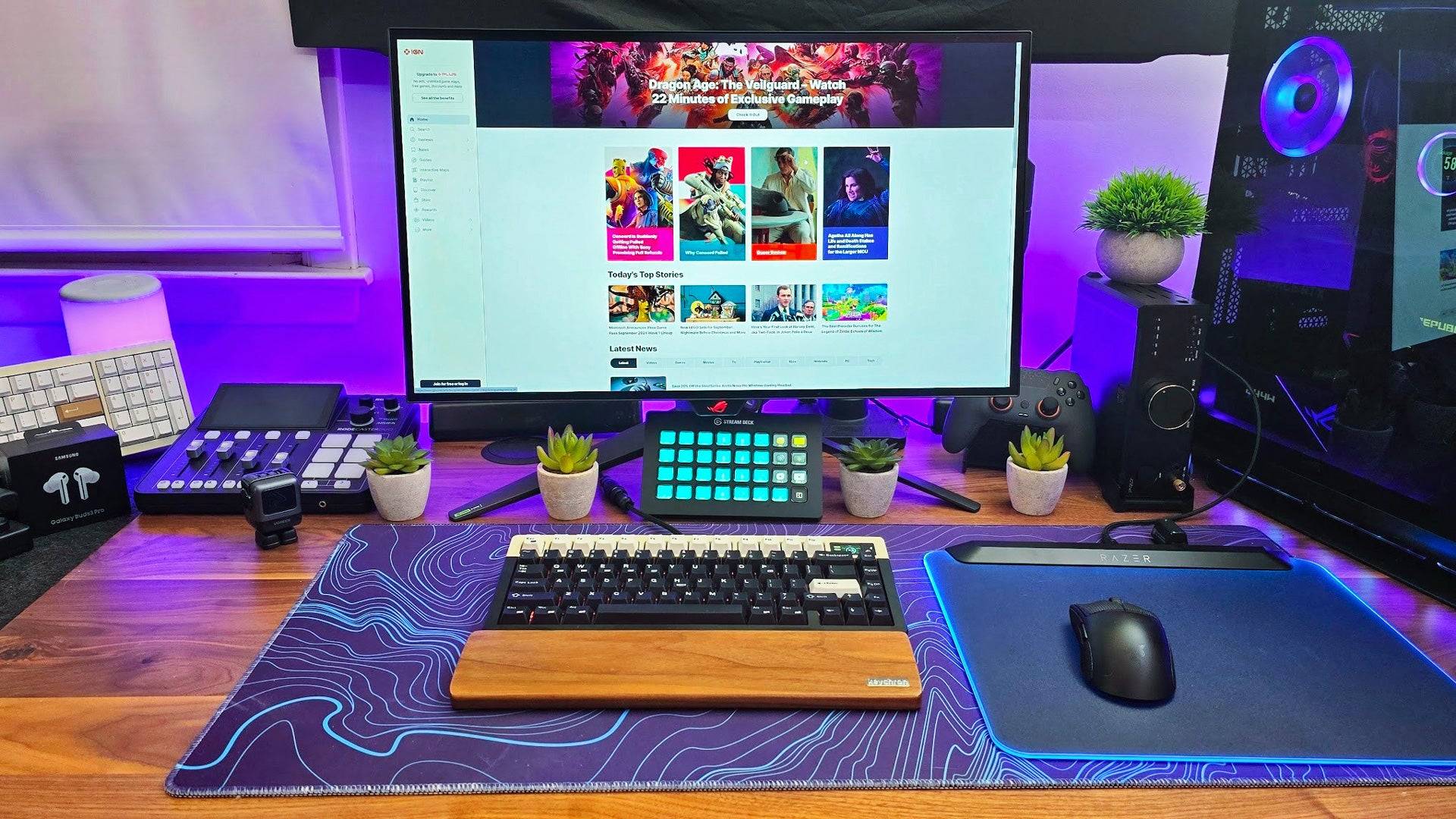

0The Asus ROG Swift PG27AQDP is a top-tier gaming monitor that meets all the needs of competitive gamers. See it at Newegg!
For 1440p gaming, the Asus ROG Swift PG27AQDP, which I've reviewed, is unmatched. It boasts an incredible 480Hz refresh rate for class-leading motion clarity and great pixel density, ensuring you never miss crucial details in competitive matches.
While it comes at a premium price, it offers top-tier performance and features. Its WOLED panel reaches 1,300 nits in highlights, delivering impressive visuals even in SDR. The colors are rich, though not as tightly accurate out-of-the-box as QD-OLED counterparts, making it suitable for content creation as well.
It's also an excellent choice for gaming consoles, featuring two HDMI 2.1 ports for running PS5 and Xbox Series X at their maximum 240Hz refresh rate, enhancing clarity and immersion without sacrificing performance.
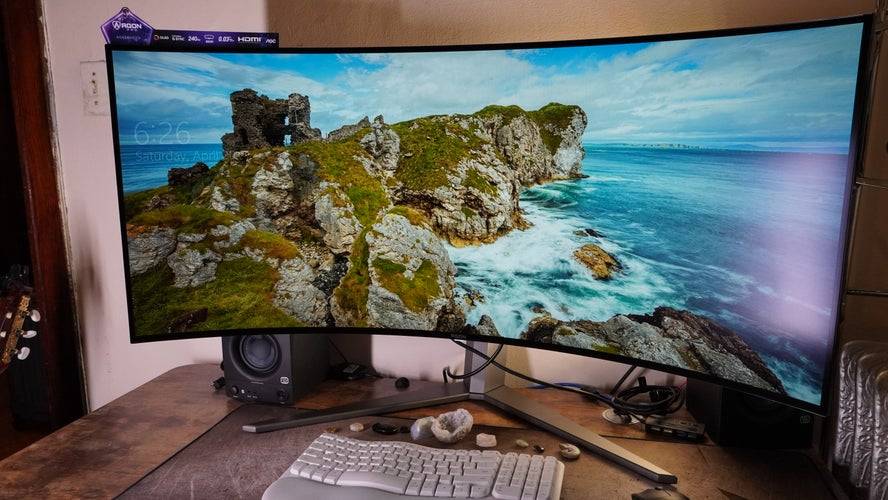
 7 Images
7 Images



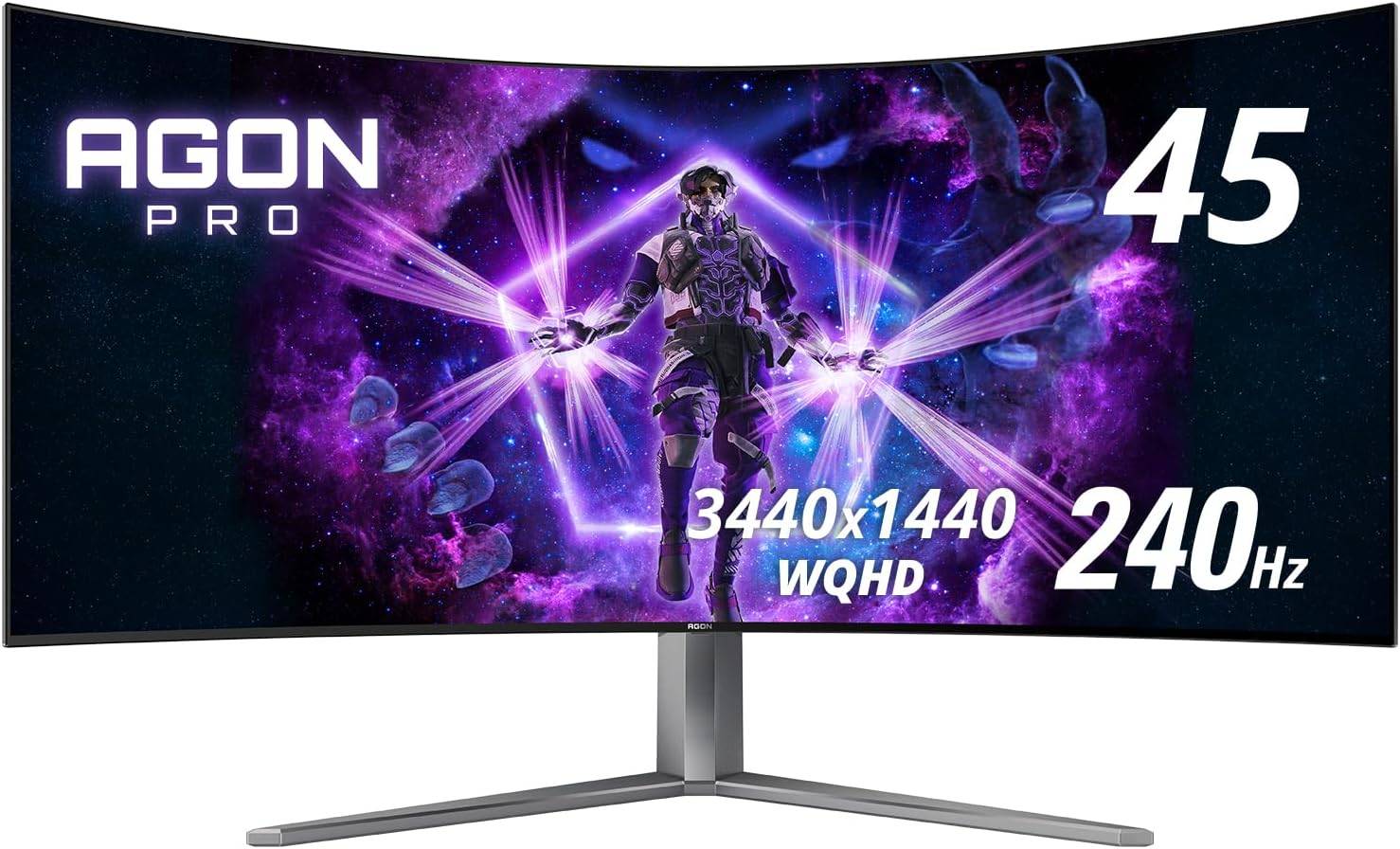
0The AOC Agon Pro AG456UCZD is a high-end OLED ultrawide gaming monitor that brings your PC games to life. See it at Amazon!
When it comes to ultrawide FreeSync monitors, the AOC Agon Pro AG456UCZD, which we've reviewed, is a powerhouse. At 45 inches with a 21:9 aspect ratio, it becomes the centerpiece of your gaming setup.
Beyond its size, it features a fast and vibrant OLED panel that gets bright in HDR and has a 240Hz refresh rate. Combined with the native 0.03ms response time of OLED, it offers pristine clarity during rapid motion.
A 45-inch ultrawide isn't for everyone due to its imposing size, but if you crave extra screen real estate, the AG456UCZD is top-notch. It offers more usable space than competing FreeSync monitors and next-level immersion thanks to its deep 800R curve, which wraps into your peripheral vision. However, this curve may impact text clarity, so consider a shallower curve for productivity tasks.
FreeSync is AMD's branding for its variable refresh rate (VRR) monitor technology, built on the open VESA Adaptive-Sync protocol as part of the DisplayPort 1.2a spec. With a FreeSync monitor, you'll enjoy variable refresh rates with any modern AMD graphics card.
If you're using an Nvidia graphics card or another video source like a game console via HDMI, a FreeSync monitor will function like a standard monitor.
There are multiple tiers of FreeSync, including standard AMD FreeSync, FreeSync Premium, and FreeSync Premium Pro. Each level offers more features and guarantees higher performance:
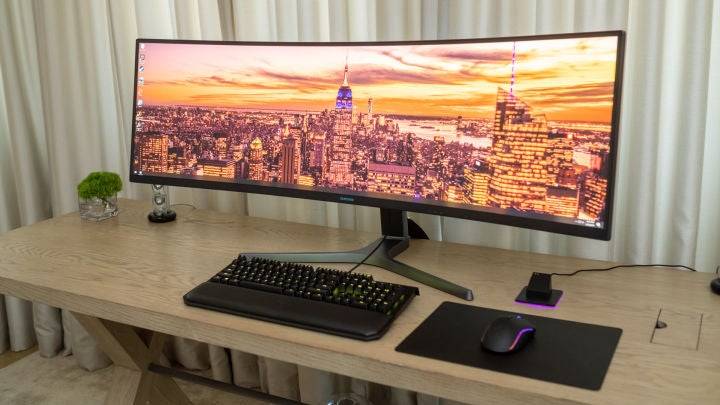
A standard monitor is locked to a single refresh rate, which is the number of times per second it changes the color and brightness of the pixels on the screen. Your graphics card draws a frame and waits until the monitor's next refresh to display it.
This can cause your game to jump between even multiples of the display's refresh rate: for example, with a 60Hz monitor, your game will run at 60fps, 30fps, 20fps, 15fps, or 12fps. Disabling vsync allows your graphics card to run as fast as possible, but it can produce an ugly visual artifact called tearing, where the monitor displays partially drawn frames on top of the previous frame.
With VRR technology (G-Sync or FreeSync), the monitor refreshes whenever the graphics card finishes drawing the next frame. If your game runs at 52fps, the monitor will refresh at 52Hz, drawing the frame immediately instead of waiting for the next 60Hz cycle. This eliminates screen tearing and ensures you see the frame rate your graphics card is capable of, not an unnecessary downgrade to 30fps.
There are two VRR technologies gamers should know about: G-Sync and FreeSync. G-Sync is Nvidia's proprietary technology and only works with Nvidia graphics cards. FreeSync is AMD's brand for VRR technology and only works with AMD GPUs. G-Sync requires extra hardware in the monitor, increasing costs but maintaining consistently high quality. FreeSync has no licensing fee and requires no proprietary hardware, making monitors typically cheaper, though quality control may be less consistent.
The best FreeSync and G-Sync monitors perform similarly, both aiming to synchronize the refresh rate of the display with the frame rate of the PC or console you're gaming on. They use the same VESA Adaptive-Sync technical standard, and most FreeSync displays work as G-Sync-compatible, or vice versa, even if manufacturers can't make the claim outright.
The exceptions are G-Sync and G-Sync Ultimate monitors, which require additional hardware, only work with Nvidia GPUs, and handle adaptive sync through a display's entire refresh rate – other VRR usually taps out around 48Hz. This makes these monitors pricier.
You can read more about FreeSync vs. G-Sync.
Low Framerate Compensation, or LFC, is a technology built into all AMD FreeSync monitors. When the display detects that your fps is struggling, it will duplicate frames to smooth out gameplay and prevent hitching. This differs from Nvidia's frame generation technology, as there's no AI involved and these are not new "generated" frames. It's simply a doubling to ensure gameplay remains fluid. The compensation range varies based on the monitor, so it's important to check the specifications for each display to see if your computer is likely to fall within that range or else it may not benefit you.
The biggest discounts on FreeSync monitors are available during Amazon Prime Day, Black Friday, and Cyber Monday. Gaming monitor deals can also pop up at the end of the summer during back-to-school sales. Early January, after the winter holidays, is another great time for gamers to take advantage of clearances.
Zenless Zone Zero Update Cycle Leak Hints at Future Content cadence
All Mavuika Materials, Kit, and Constellations in Genshin Impact
Counterfeit Bank Simulator: Minting Solution for Economic Crises
Marvel Rivals: Season 1 Dracula Explained
Best Xbox Game Pass Games For Kids (January 2025)
Solo Leveling: Global Tournament Draws Near
Power Rangers: Uncover Hidden Secrets in Rita's Carnival and Cemetery
Roblox: Anime Auras RNG Codes (January 2025)